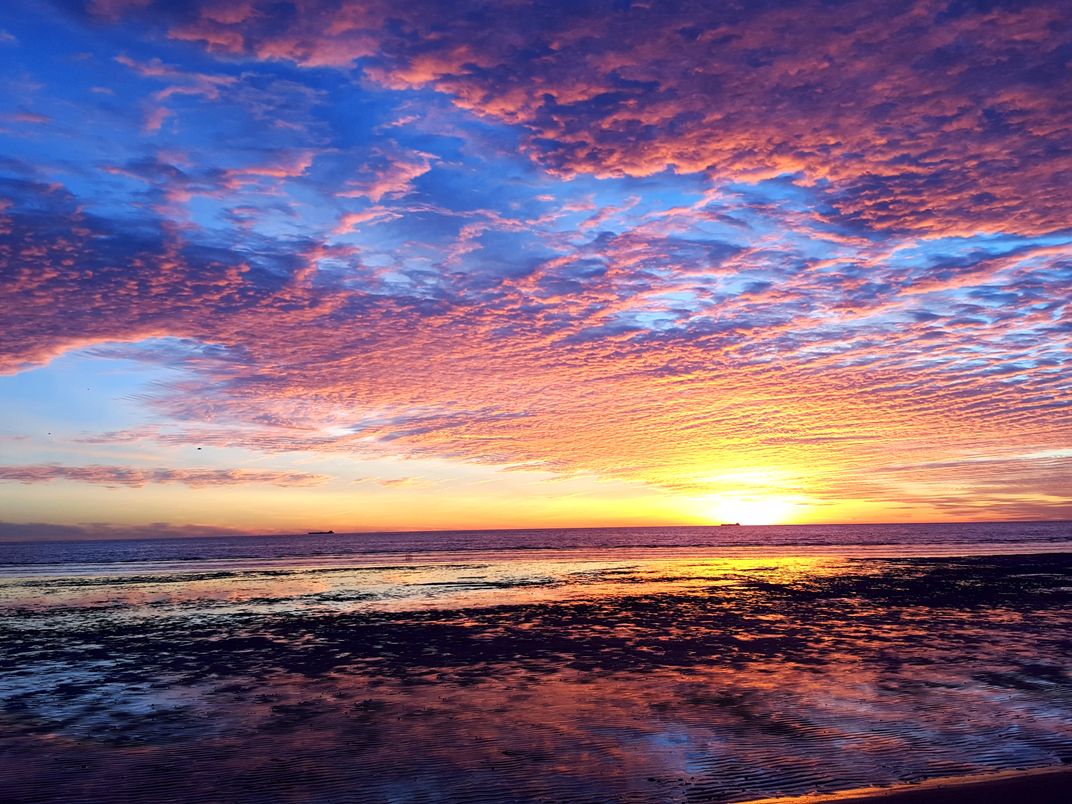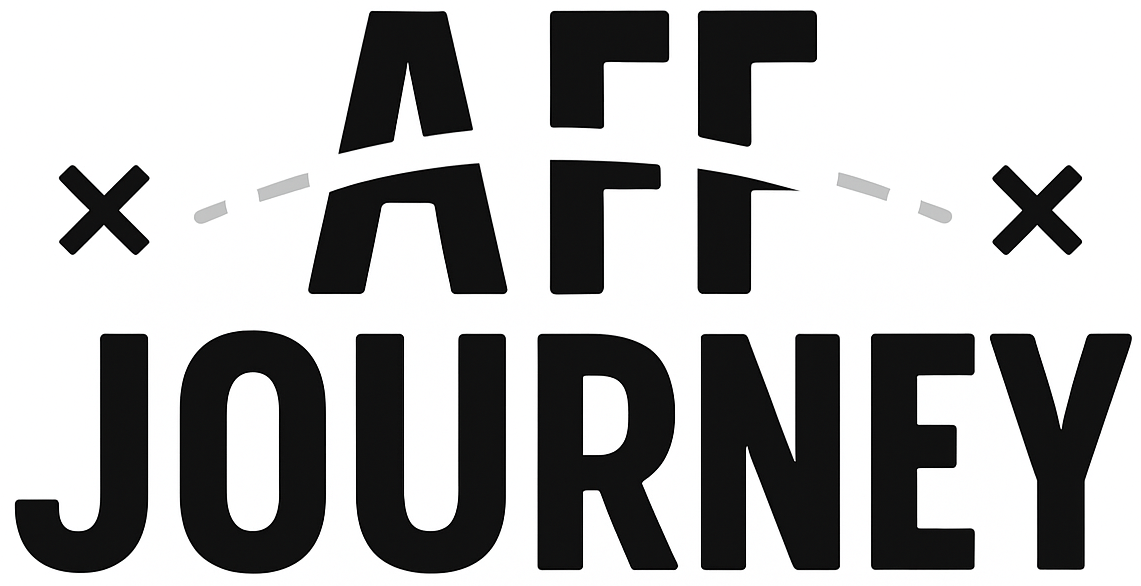© 2025 AffordableJourney. Built with care by our team. All rights reserved.
The Day My Ship Got Caught in a Mid-Atlantic Storm
By Kaitlyn Fraser
A gripping personal account of fear, teamwork, and finding calm in chaos.
Setting Sail: Calm Seas and High Spirits
When I first stepped aboard the Aurora Blue, the ocean looked like polished glass. We were leaving the Azores on a small but sturdy sailboat, bound for the Caribbean. The crew—six of us in total—buzzed with the kind of optimism that only comes at the start of a long voyage. The wind was steady, the sky a deep cobalt, and we all believed we had luck on our side.
Our first few days were bliss. Dolphins played at the bow, their sleek bodies slicing through the water like living arrows. Sunsets painted the horizon in gold and lavender, and at night the Milky Way arched above us like an ancient, glowing script.
There was a rhythm to life onboard. Watches rotated every four hours, and meals were shared in the cozy galley, laughter echoing over the hum of the wind in the sails. Even the occasional squall was just enough to keep things interesting without rattling our nerves.
But the ocean has a way of humbling you when you least expect it. On the morning of the fifth day, the air began to shift. The breeze, once playful, grew heavier. The sky, once brilliant, became a flat sheet of grey. None of us said it aloud, but we all felt that something was changing.
The captain checked the barometer more often, his brow furrowed. A low-pressure system was forming far to the west, and its projected path put it uncomfortably close to ours. Still, weather forecasts at sea are never precise. The Atlantic has its own plans, and that’s what we were about to discover—up close and personal.

The First Signs of Trouble
The first real warning came at dusk. The wind began to howl—not whistle, but howl—through the rigging, and the boat pitched more aggressively than before. Waves, once gentle swells, now slapped against the hull with a force that made the timbers groan.
Rain started in thin, icy needles that stung my face. It carried the smell of something electric, raw, and unsettling. We scrambled to secure anything loose on deck. Ropes were coiled and tied, hatches double-checked, safety lines clipped onto our harnesses.
By nightfall, we were in it. The wind screamed at over 40 knots, driving the rain sideways so hard it felt like being sandblasted. The sails were reefed down to the barest scrap of canvas, but still the Aurora Blue heeled at angles that made my stomach clench.
Below deck, every cupboard rattled. The sound of waves crashing against the hull was deafening, as if a giant hand were slapping the boat over and over. Cooking was out of the question—our dinner became protein bars and cold tea passed hand-to-hand.
The captain’s voice stayed steady, but his eyes betrayed the truth: this was no passing squall. This was a real storm, and it was only getting worse.
Battling the Storm: Fear Meets Focus
I won’t lie—I was scared. Not the kind of scared you get watching a horror movie, but the deep, primal kind that makes your hands tremble and your thoughts turn sharp and short. Out there, with nothing but water in every direction, you realize how small you are.
But fear had no place if we wanted to get through this. Every crew member had a job: trimming sails, pumping out the bilge, checking lines, steering to keep us from being broadsided by the larger waves. We worked in soaked foul-weather gear, our faces lashed by wind and spray.
The waves towered like dark moving mountains, some well over 20 feet high. They rose beneath us and carried us forward before dropping us into valleys that made my stomach lurch. The sound was a constant roar—wind, water, and the groaning of the boat blended into one overwhelming symphony.
Oddly enough, in that chaos, I found moments of focus so intense that fear faded into the background. My hands moved automatically on the winch, my eyes scanning the horizon for the next wave pattern, my body bracing instinctively against each roll. The crew moved as one, communicating in short shouts or just gestures.
The captain made the call to heave-to—turning the bow slightly into the wind and waves to ride them out more steadily. It was the right choice, but it still meant a night of relentless motion and vigilance.
By midnight, I was shivering from both cold and adrenaline. I remember gripping the safety line, looking out into the black water lit only by the dim glow of our navigation lights, and thinking: “The ocean doesn’t care about you. It never has, and it never will. But maybe, just maybe, it will let you pass.”

The Long Night and the First Light
That night felt endless. The watch schedule dissolved—we all stayed awake, cycling between the helm, deck checks, and brief moments below to warm up. My muscles ached from bracing against the boat’s movement, and my fingers felt like they belonged to someone else.
But then, sometime around dawn, the wind began to ease—not much, but enough to notice. The clouds thinned in patches, letting in slivers of pale light. The sea was still a chaos of rolling swells, but the ferocity had dulled.
I went to the bow and watched the horizon slowly brighten. Salt crusted my face, my hair was plastered to my head, and my legs felt like jelly. But I was still there. We all were.
We didn’t celebrate right away. Storms can be deceptive, and the sea likes to throw a last punch when you least expect it. But as the hours passed and the wind shifted to a steady breeze, relief began to settle in.
That evening, as the sun set in a blaze of orange and crimson, we finally allowed ourselves to exhale. We’d weathered it—not because we were stronger than the storm, but because we’d trusted each other and the vessel that carried us.

What the Storm Taught Me About Travel and Life
Looking back, that storm was one of the most intense experiences of my life—not just at sea, but anywhere. It stripped away all the usual travel distractions: there were no cafés to visit, no landmarks to photograph, no Wi-Fi to check. Just us, the boat, and the raw force of nature.
I learned that fear isn’t always a bad thing. It sharpens you. It makes you pay attention. But it has to be balanced with action—otherwise, it freezes you in place.
I learned that teamwork isn’t just about dividing tasks. It’s about reading each other’s faces in the dark, knowing when someone’s about to slip, anticipating needs before they’re voiced. In those hours, I saw the best of human instinct—cooperation, trust, and quiet bravery.
And I learned, most of all, that the ocean demands respect. You can prepare, you can plan, you can have the best charts and gear—but out there, you are a guest. And guests should always remember whose home they’ve entered.
When we finally reached our destination days later, the memory of that storm stayed with me. It still does. Not as a nightmare, but as a reminder: some of the most beautiful journeys are the ones that test you the hardest.




